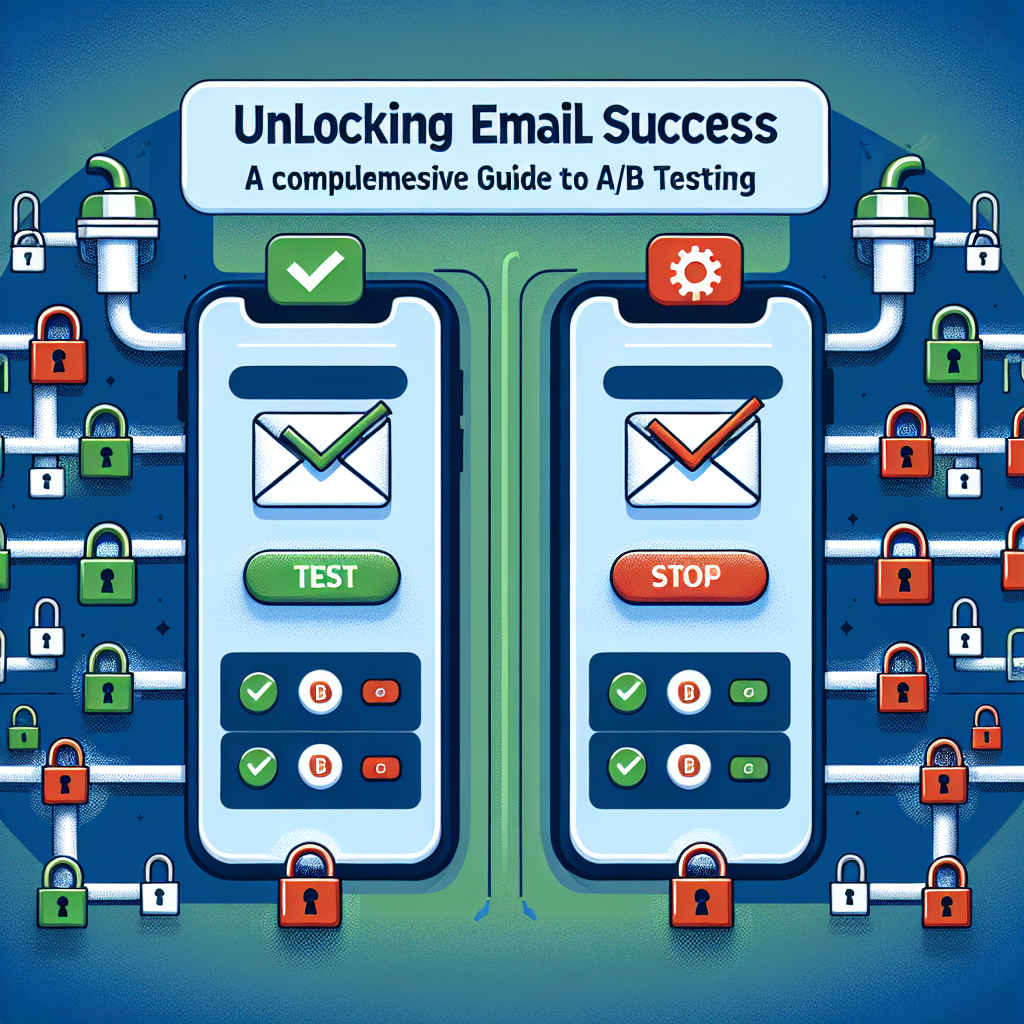Unlocking Higher Open Rates: How A/B Testing Transforms Your Email Marketing Strategy
In today’s digital landscape, email marketing continues to be a cornerstone for businesses looking to engage with their audience, foster customer loyalty, and drive conversions. However, setting up an email campaign is just the beginning. The challenge lies in ensuring that those emails are opened, read, and acted upon. With inboxes overflowing, capturing your audience’s attention is more critical—and more challenging—than ever. One powerful yet often underutilized tool in the email marketer’s arsenal is A/B testing, which can dramatically transform your open rates and overall campaign effectiveness. Understanding A/B Testing A/B testing, also known as split testing, is a method of comparing two versions of an email to determine which one performs better. By sending two variations of an email—Version A and Version B—to a portion of your audience, you can analyze and understand which elements resonate more with your subscribers. This data-driven approach allows businesses to make informed decisions, fine-tune their strategies, and ultimately enhance their email marketing efforts. The Importance of Open Rates Open rates, the percentage of recipients who open an email compared to the number sent, serve as a key performance indicator (KPI) for email campaigns. High open rates indicate that your subject lines and sender reputation are compelling enough to prompt engagement. Conversely, low open rates can signal potential issues with email content, delivery, or audience targeting, highlighting the need for optimization through systematic testing. How A/B Testing Boosts Open Rates 1. Refining Subject Lines The subject line is arguably the most crucial element of your email. It’s the first thing a recipient sees, and it can make or break their decision to open your message. A/B testing allows you to experiment with different subject lines—varying in length, style, and tone—to find out which is most effective in eliciting action. For instance, a more personalized subject line may perform better than a generic one. Testing can reveal insights about your audience, enabling you to craft subject lines that resonate. 2. Personalization Elements Personalization goes beyond just using the recipient’s name. A/B testing enables you to experiment with different personalization variables, such as: Content tailored to previous purchases. Recommendations based on browsing history. Geolocation-based offers. By testing these elements, you can identify the types of personalization that lead to higher open rates, fostering a stronger connection with your audience. 3. Timing and Frequency Optimization The timing and frequency of your emails can significantly impact open rates. A/B testing allows you to experiment with different send times—morning versus evening, weekdays versus weekends—and varied frequencies—weekly versus bi-weekly—to uncover when your audience is most engaged. Tailoring your email schedule based on testing results can lead to increased open rates and improved subscriber satisfaction. 4. Sender Name and Email Address The sender name and email address also play a crucial role in whether a recipient opens your email or not. A/B testing allows you to experiment with variations in sender names—is it more effective to use a company name or a personal name? Testing different email addresses can also provide insights into what your audience trusts more, ultimately impacting your open rates. 5. Analyzing and Iterating for Continuous Improvement A/B testing isn’t a one-time strategy; it’s a continuous loop of learning. By regularly analyzing open rates and other performance metrics from your tests, you can identify trends and preferences over time. This iterative approach empowers marketers to evolve their strategies and stay ahead of the competition in an ever-changing digital landscape. Conclusion In an era where consumer behaviors are constantly shifting, A/B testing presents a vital avenue for email marketers to unlock higher open rates and drive engagement. By systematically analyzing different aspects of email campaigns—from subject lines and personalization to timing and sender names—marketers can refine their strategies based on data-driven insights. The key to successful email marketing lies not only in crafting compelling content but also in understanding and adapting to the preferences of your audience. A/B testing facilitates this understanding, providing a robust framework for optimizing your email strategy continually. Investing in A/B testing can be the difference between a mediocre email campaign and one that captivates your audience, leading not only to higher open rates but also to enhanced customer loyalty and conversion. Start testing today, and watch your email marketing strategy evolve into a powerful tool that truly resonates with your subscribers.










